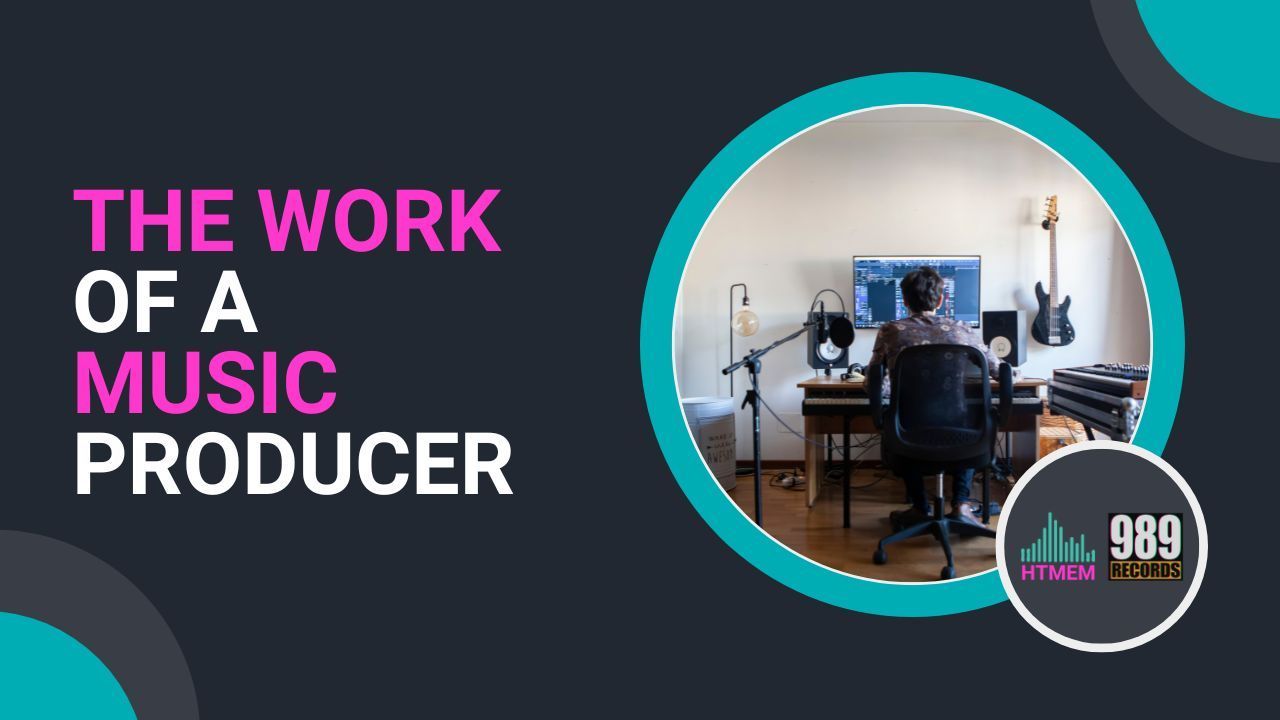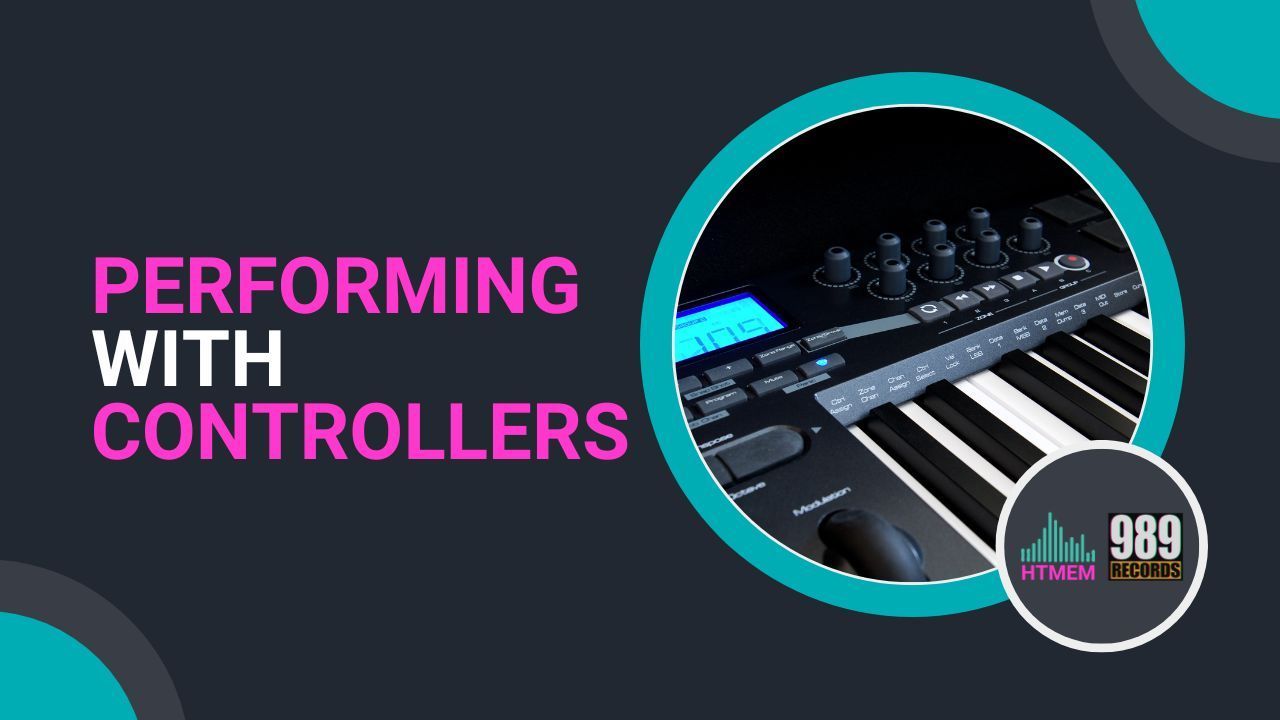Table of Contents

welcome to the HTMEM Blog
Music production is a multifaceted art that demands a skilled producer with a harmonious blend of creativity and technical prowess. In the realm of music production, skilled professionals possess intricate knowledge and a profound understanding of the recording process, sound engineering, music theory, and composition.
With a meticulous eye for detail, they meticulously oversee every aspect of the recording journey, from the inception of an idea to its full realization, often collaborating with exceptionally talented musicians to craft something truly extraordinary and unparalleled in its uniqueness
How Do You Become a Music Producer?

How Much Money Does a Music Producer Make?

The Tools of a Musician

A music producer needs to have access to a variety of tools and equipment in order to create the best possible product. This includes high-end digital audio workstations (DAWs), speakers, microphones, synthesizers, samplers, MIDI controllers, and other such gadgets.
All these pieces of hardware are necessary for crafting a mix that is both unique and captivating. Additionally, a music producer must be familiar with various mixing and mastering techniques to give their composition that special sparkle.
Recording in the Digital Age

Digital Audio Workstation (DAW)

Audio Interface

Monitoring Equipment: Speakers or Headphones

Specialist Gear You May Need to Produce Music

Professional Sounding Recordings

Musical Ideas in Music Production

Arrangements in Music Production

Creative Sound Design

Audio Input Types and Levels

Start Recording

Virtual Instruments (VSTi)

Recording Virtual Instruments with MIDI

Performing with Controllers

Editing and Mixing

Fundamentals of Mixing

Positive vs. Negative Mixing

Finessing The Mix - Music Production Finishing Touches

Mastering Your Song

Someone once said that a good mix doesn't require a master :)
Final Thoughts

Further Resources








